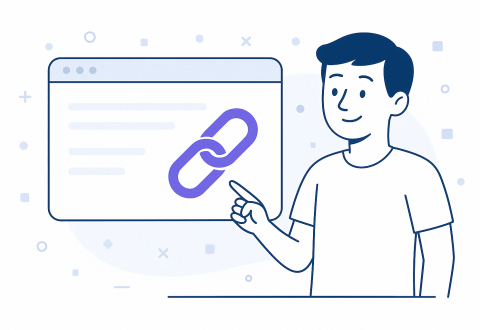Backlinks remain the backbone of SEO success in 2025, but the game has fundamentally changed. Quality now trumps quantity, with search engines prioritizing relevance and user engagement over sheer volume. While Google’s algorithms have evolved to detect manipulative tactics, authentic backlinks continue to serve as powerful ranking signals that can make or break your search visibility.
Understanding different types of backlinks isn’t just about collecting links—it’s about building your website’s authority strategically. The #1 result in Google has an average of 3.8x more backlinks than positions #2-#10, proving that high quality backlinks remain essential for competitive search engine rankings.
This comprehensive guide reveals the nine most impactful types of backlinks that drive real SEO results. You’ll discover which links to pursue, which to avoid, and how to build a backlink profile that search engines reward. Whether you’re an SEO beginner or a seasoned marketer, these search engine optimization insights will transform your link building approach and boost your organic search engine traffic.
What Are Backlinks?
Backlinks are hyperlinks from external websites that point to your web pages. Think of them as digital recommendations — when another site links to yours, they’re essentially vouching for your content’s value and credibility. Search engines interpret these inbound links as trust signals, using them to evaluate your website’s authority and determine higher rankings in search results.
Why Do Backlinks Matter in SEO?
Backlinks show Google that your content is reliable, relevant, and worthy of recommendation. They serve multiple critical functions in modern SEO strategies.

Search engines use backlinks as authority signals to assess your website’s credibility. When authoritative websites link to your content, they pass link juice that strengthens your domain authority and improves your chances of ranking for competitive keywords. Google sees inbound links as endorsements—when a high domain authority website links to your content, it tells Google that your page is valuable.
Backlinks also help search engines discover new content through crawling. When Google’s bots follow links from established sites to your pages, they index your content faster and understand its context within your industry’s broader conversation.
The relationship between backlinks and organic traffic is undeniable. Sites with stronger backlink profiles typically achieve better search rankings, leading to increased visibility and more qualified visitors.
Benefits of SEO Backlinks
Quality backlinks deliver measurable SEO benefits that compound over time. They act as trust signals that search engines rely on when evaluating content quality and relevance.
- Enhanced search engine visibility: Authoritative backlinks directly correlate with higher search positions. 85% of websites ranking on page 1 for 200 random keywords had more than 1000 backlinks from referring domains, demonstrating the critical role links play in competitive rankings.
- Improved domain authority: Each quality backlink contributes to your overall domain authority metrics. Tools like Moz’s Domain Authority and Ahrefs’ Domain Rating use backlink profiles to calculate these scores, which serve as industry benchmarks for site credibility.
- Valuable referral traffic: Beyond SEO benefits, backlinks drive direct traffic from engaged audiences. Visitors who arrive through relevant backlinks often show higher engagement rates and conversion potential since they’re already interested in related content.
- Increased trustworthiness: A diverse backlink profile from reputable sources establishes your brand as a trusted authority. This credibility extends beyond search engines to influence customer perception and business relationships.
The combination of these benefits creates a powerful flywheel effect. Better rankings lead to more visibility, which attracts more natural backlinks, further strengthening your SEO foundation.
What Makes a Backlink Valuable?
Not all backlinks carry equal weight in search engine algorithms. Understanding what makes a backlink valuable helps you prioritize your link building efforts effectively.
- Dofollow status: The most valuable backlinks are dofollow links that pass link equity to your site. These default HTML links allow search engines to follow them and transfer authority, directly impacting your rankings.
- Source authority: Links from authoritative websites carry significantly more weight than those from low-authority sources. A backlink from a well-established website, like a major news outlet or an industry leader, is much more powerful than a link from a random, low-traffic blog article.
- Relevant anchor text: The clickable text in a hyperlink provides context about your linked content. Descriptive, keyword-rich anchor text helps search engines understand your page’s topic and can improve rankings for those terms.
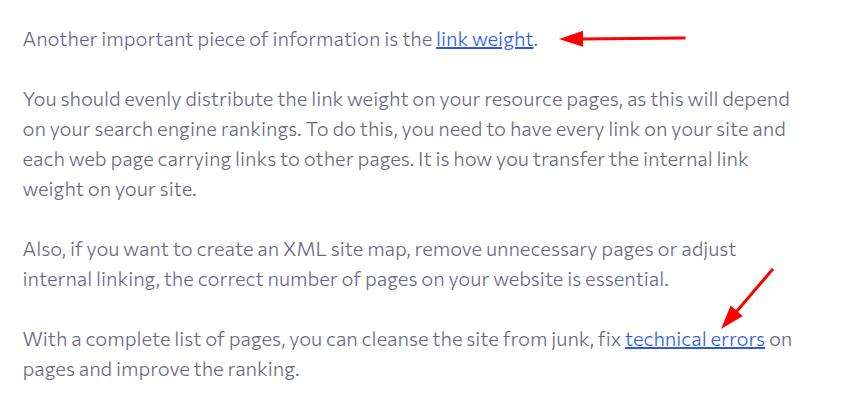
- Topical relevance: Links from websites in your industry or related niches carry more authority than random, unrelated links. Contextual placement within relevant content demonstrates natural editorial judgment.
- Natural integration: The best backlinks appear naturally within content where they add genuine value for readers. Contextual links embedded within body text carry more weight than footer links, sidebar placements, or forced author bio mentions.
Types of Backlinks by Attribute
Understanding backlink attributes helps you evaluate link quality and plan acquisition strategies. These HTML attributes tell search engines how to treat different types of links.
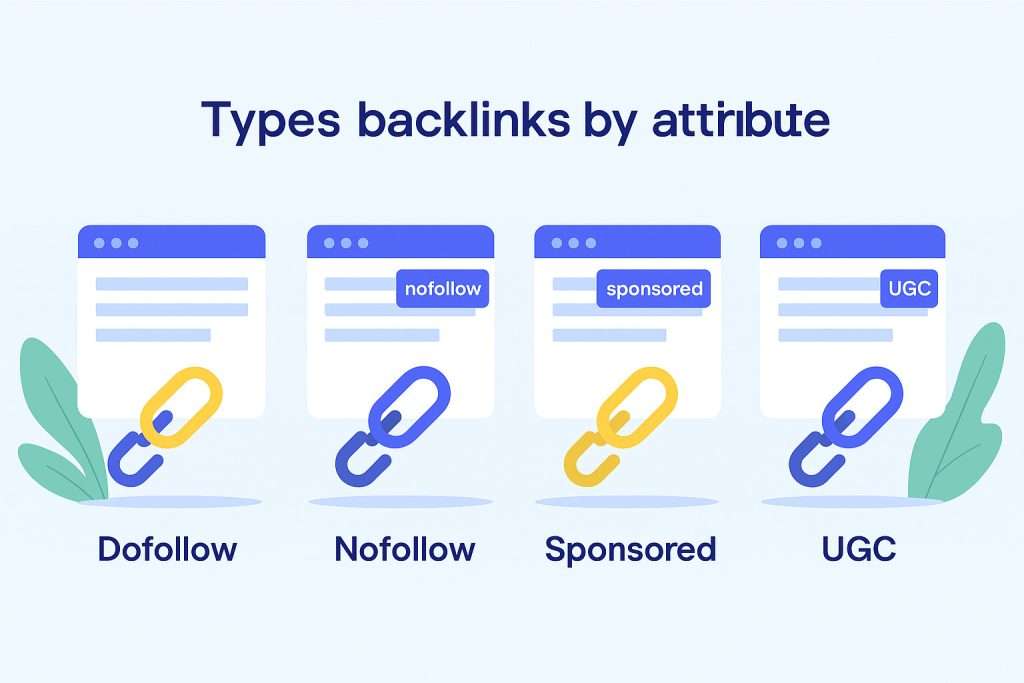
Dofollow Backlinks
Dofollow backlinks are the default type that passes authority from one website to another. They allow search engines to follow them and transfer link juice, making them crucial for SEO rankings. Most valuable website links fall into this category.
When other websites link to your content with dofollow backlinks, they’re essentially voting for your content’s quality. Search engines interpret these votes as trust signals, helping them discover your content and assess your site’s reputation within your industry.
Nofollow Backlinks
Nofollow links include the nofollow tag, instructing search engines not to pass ranking credit to the linked page. While they don’t directly improve SEO rankings, nofollow links still provide value through traffic generation and natural link profile diversification.
These links are commonly used for user-generated content, paid promotions, and untrusted external links. A healthy backlink profile includes both dofollow and nofollow links, creating a natural endorsement pattern.
Sponsored Backlinks
Sponsored links use the rel=”sponsored” attribute to identify paid link relationships. Introduced to help webmasters properly disclose financial arrangements, these links don’t pass significant ranking authority but can drive valuable traffic.
Proper attribution protects both the linking site and your website from potential search engine penalties. Sponsored links are acceptable when clearly marked and provide genuine value to users.

UGC Backlinks
User-generated content backlinks carry the rel=”ugc” attribute, identifying links created by individual contributors rather than site editors. These include forum posts, blog comments, and community submissions.
UGC backlinks help prevent link spam while maintaining the value of legitimate user contributions. They’re particularly common on discussion forums, Q&A sites, and review platforms where users naturally reference external resources.
Beneficial Backlink Types
Strategic backlink acquisition focuses on earning links that genuinely improve your SEO performance. These beneficial backlink types provide the strongest foundation for long-term search success.
Editorial Backlinks
Editorial links represent the gold standard in backlink building. These citations come from authoritative websites who reference your content because they find it valuable and relevant to their audience.
Journalists, bloggers, and industry publications naturally include editorial links when citing sources, sharing research, or recommending resources. Organic links are naturally given by other websites because they find your content valuable. Google places a premium on these links because they reflect genuine authority and trust.
To earn editorial backlinks, focus on creating linkable assets like original research, comprehensive guides, and newsworthy content. Tools like HARO (Help a Reporter Out) connect you with journalists seeking expert sources, providing opportunities to earn high-authority editorial citations.
Building relationships with industry publications and contributing valuable insights increases your chances of receiving editorial coverage and the authoritative backlinks that accompany it.
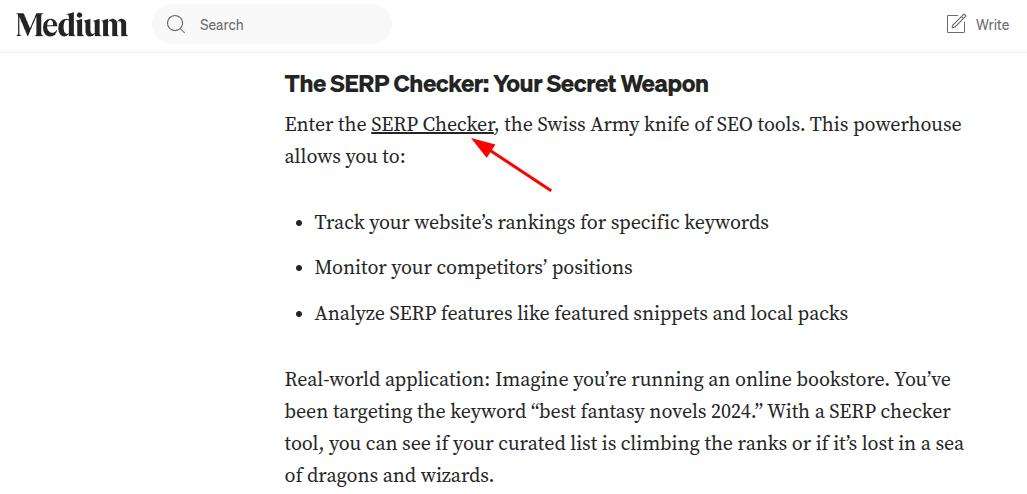
Guest Post Backlinks
Guest blogging allows you to reach new audiences while earning valuable backlinks from established websites in your niche. When executed properly, guest posts provide mutual value for both the host site and your brand.
Quality guest post links typically appear in author bios or naturally within the article content when referencing additional resources. Focus on contributing genuinely useful high quality content rather than promotional pieces designed solely for link building.
Research target publications that serve your ideal audience and maintain high editorial standards. Pitch unique topics that align with their content strategy while showcasing your expertise. The Rush Analytics content explorer tool can help identify popular topics and content gaps in your industry.
Quality sites prioritize valuable blog posts over promotional content, so ensure your guest contributions provide genuine insights and actionable advice for their readers.
Relationship-Based Backlinks
Long-term professional relationships often yield the most valuable backlinks. Journalists, industry influencers, and other website owners who know your expertise are more likely to reference your work in their content.
These organic mentions develop naturally through consistent thought leadership and helpful interactions within your professional community. Digital PR efforts that focus on relationship building rather than transactional link requests tend to produce better results.
Nurturing relationships with key industry figures creates opportunities for ongoing backlink acquisition as they reference your insights in articles, presentations, and social media content.
Business Profile/Directory Backlinks
Legitimate business directories provide foundational directory backlinks that establish your digital presence. Focus on reputable, industry-relevant directories rather than low-quality link farms that offer irrelevant directory links.
Local SEO particularly benefits from consistent business listings across major directories like Google My Business, Yelp, and industry-specific platforms. Ensure your business information remains consistent across all listings to maximize local search benefits.
Niche directories serving your specific industry often provide more valuable backlinks than general business directories. Research directories where your target customers actively search for services.
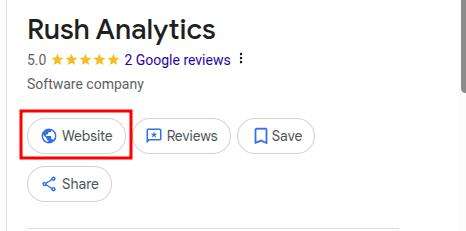
Image and Video Backlinks
Visual content naturally attracts backlinks when other sites use your images, infographics, or videos. Properly credited visual assets can generate ongoing backlink opportunities.
Create shareable visual content like infographics, charts, and original photography that others want to use in their articles. Include embed codes and attribution requirements to encourage proper linking when others share your visuals.
Video content on platforms like YouTube can earn backlinks when embedded on other websites or referenced in articles. Educational and entertaining videos tend to attract the most shares and citations.
Public Speaking and Podcast Backlinks
Speaking engagements and podcast appearances naturally generate quality backlinks from event pages, speaker bios, and promotional content. These opportunities also establish your expertise and authority.
Conference websites typically include speaker profiles with backlinks to participants’ websites. Podcast show notes often link to guests’ resources and contact information. Speaking Engagements and Webinars: Sharing knowledge in public forums and on professional panels can help establish your brand as an authority.
Active participation in industry events creates multiple backlink opportunities while building valuable professional relationships that can lead to additional link prospects.
Embedded Asset Links
Embeddable tools, widgets, and badges provide ongoing backlink opportunities as other websites use your assets. These links often include branding benefits alongside SEO value.
Create useful tools or calculators that other sites want to embed. Industry awards, certifications, and testimonials also generate backlinks when recipients display them on their websites.
Design embedded assets with proper attribution links to ensure you receive credit and backlinks when others use your content.
Unlinked Brand Mentions
Many websites mention your brand or content without including a link. These unlinked mentions represent untapped backlink opportunities that you can convert through polite outreach.
Monitor brand mentions using tools like Google Alerts or Mention to identify unlinked citations. Contact site owners to request link addition, explaining how the link provides additional value for their readers.
Rush Analytics’ brand monitoring features can help track mentions across various platforms, making it easier to identify and pursue these conversion opportunities.
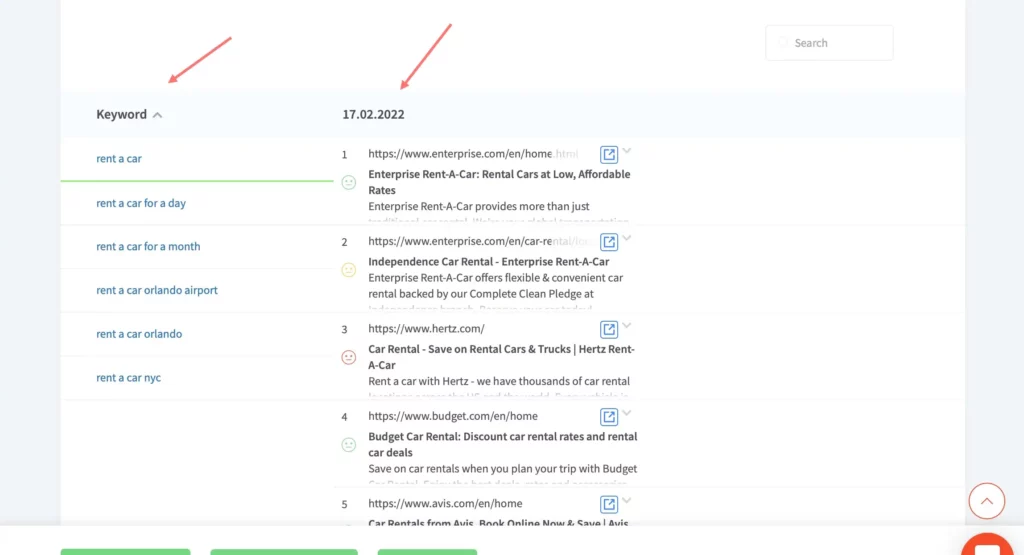
Broken Link Building
Broken link building involves finding dead links on relevant websites and offering your content as a replacement. This strategy provides value to site owners while earning you quality backlinks.
Use tools to identify broken links on websites in your industry. Create relevant content that serves as a suitable replacement, then reach out to webmasters with your suggestion.
This approach works particularly well because you’re solving a problem for the site owner while providing a valuable resource for their audience.
Social Media Backlinks
While most social media links are nofollow, they still provide indirect SEO benefits through increased visibility and traffic. Social signals can also contribute to content discovery and amplification.
Engaging social media presence drives traffic and creates opportunities for content sharing. When your social content gets attention, it often leads to natural backlinks from other websites that discover your content through social channels.
Niche-Specific Backlinks
Links from websites serving adjacent or related industries can provide valuable authority, especially when there’s natural topic overlap. These contextually relevant backlinks demonstrate broader industry recognition.
Identify complementary niches that share your target audience. Environmental websites might naturally link to sustainable business resources, creating relevant cross-industry connections.
Edu and Gov Backlinks
Educational institutions and government websites traditionally carry high authority, making their backlinks particularly valuable. However, focus on earning these links through legitimate means rather than manipulative tactics.
Scholarship programs, educational partnerships, and government contracting opportunities can generate legitimate edu and gov backlinks. Research grants and academic collaborations also create natural linking opportunities.
Avoid services that promise easy edu/gov links, as these often involve low-quality or manipulative tactics that violate search engine guidelines.
Harmful Backlink Types to Avoid
Certain backlink types can damage your search rankings and should be avoided entirely. Understanding these harmful practices protects your website from penalties and ranking losses.
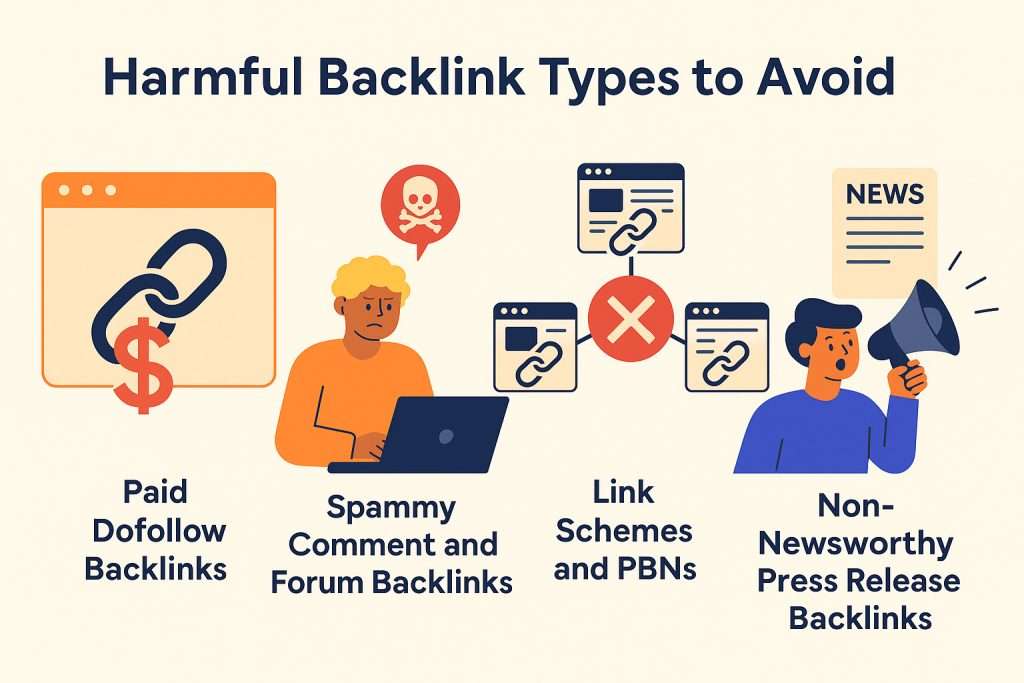
Paid Dofollow Backlinks
Purchasing dofollow backlinks directly violates Google’s guidelines and risks severe penalties. Buying links or engaging in paid links schemes can result in manual actions that lower or remove your rankings when they detect these manipulative practices.
If you engage in sponsored content, always use proper attribution with rel=”sponsored” tags. Transparent disclosure protects both parties and maintains compliance with search engine guidelines while avoiding the risks associated with unnatural links.
Spammy Comment and Forum Backlinks
Automated comment spam and irrelevant forum links provide no value and often harm your reputation. These manipulative tactics create spammy backlinks that are easily detected by modern spam filters.
Blog comments should only be used when you can contribute genuine value to the discussion. Natural forum participation can earn quality backlinks, but spammy promotion attempts typically backfire and damage your site’s credibility.
Link Schemes and PBNs
Private blog networks (PBNs) and artificial link schemes attempt to manipulate rankings through fake authority. Google’s approach to backlinks has evolved through key algorithm updates like Penguin, which cracked down on manipulative link-building techniques.
These expensive tactics carry enormous risks and often result in complete de-indexing. Focus on legitimate link building strategies that provide long-term value.
Non-Newsworthy Press Release Backlinks
Creating trivial press releases solely for backlink generation wastes resources and can appear spammy. While legitimate press releases serve genuine newsworthy purposes, press release backlinks from non-newsworthy content often carry little SEO value.
Reserve press releases for significant company news, product launches, or industry developments that genuinely interest your target audience and news sites.
Free 7 days access to all tools. No credit card required!
Попробовать бесплатно
How to Acquire Valuable Backlinks
Successful backlink acquisition requires strategic content creation and relationship building. These proven approaches help you earn high-quality links naturally.
Publish Useful, Original Content
Comprehensive guides tend to contain A LOT of content on a single page… long-form content tends to perform better in Google than short articles. Creating linkable assets forms the foundation of any successful backlink strategy.
Original research, industry surveys, and comprehensive guides naturally attract editorial citations. Infographics, tools, and calculators provide ongoing link-earning potential as other sites reference your resources.
Focus on creating high quality content that solves real problems for your target audience. When your content genuinely helps people while targeting relevant keywords, they naturally want to share and reference it.
Build Relationships with Website Owners
Personalized outreach to relevant site owners and content creators builds the relationships that lead to quality backlinks. Research target sites thoroughly before reaching out, avoiding excessive link exchanges that might appear manipulative.
Provide value in your initial contact rather than immediately requesting links. Share relevant insights, offer helpful resources, or point out opportunities for collaboration with spammy links.
Rush Analytics’ competitor analysis tools can help identify websites that link to similar content, providing targeted outreach opportunities for your link building campaigns.
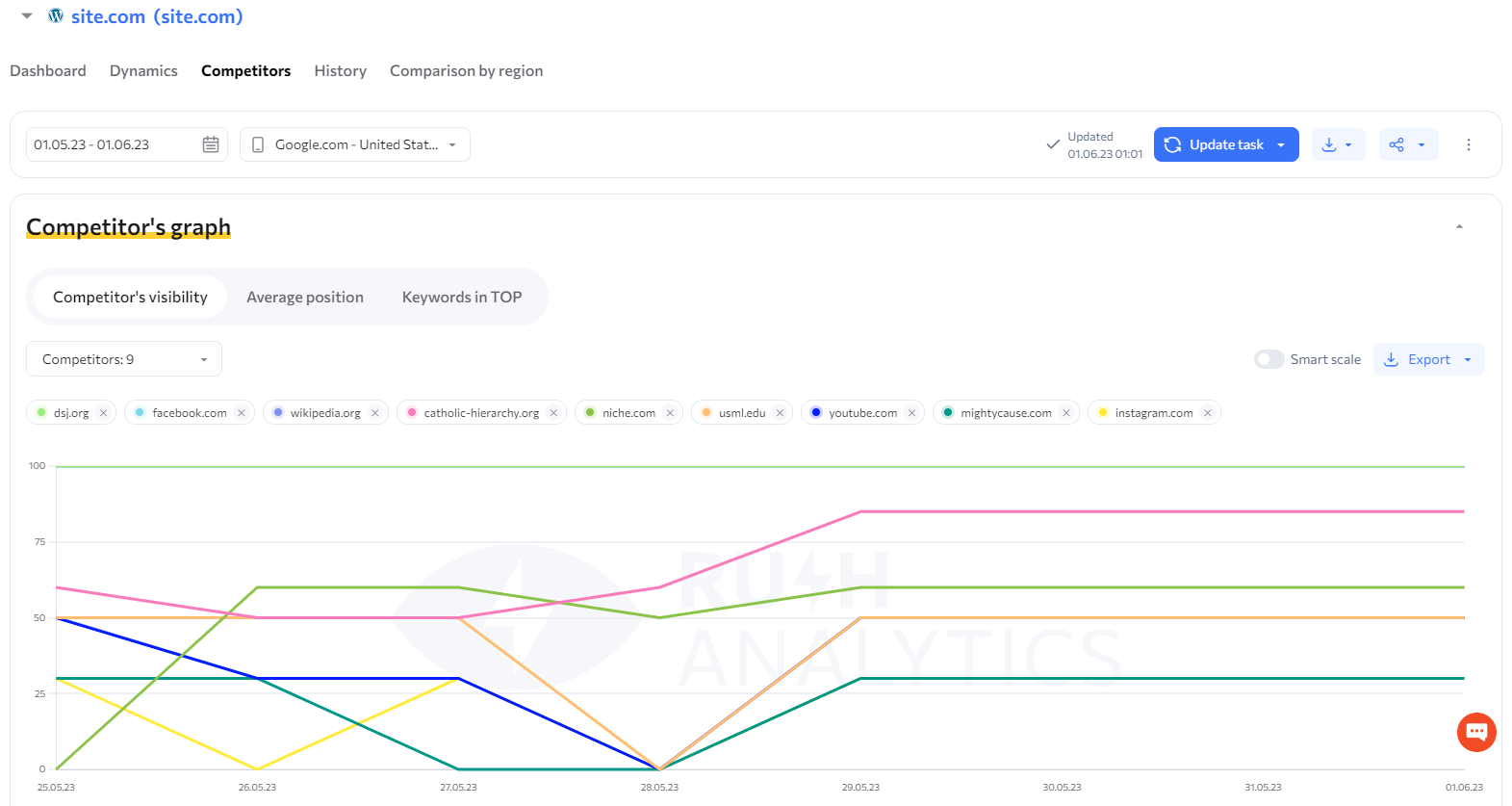
How to Monitor Your Backlinks
Regular backlink monitoring helps you track acquisition progress and identify potential issues before they impact your rankings.
Using Google Search Console
Google Search Console provides free backlink monitoring with basic metrics about your link profile. Access the Links report to see your top linking sites and most linked content.
The tool shows which pages receive the most backlinks and identifies your most common anchor text. This data helps you understand how others perceive your content and identify successful link-earning strategies.
Using Specialized Backlink Tools
Professional backlink analysis tools provide comprehensive monitoring capabilities beyond Search Console’s basic reporting. These platforms track link acquisition, identify spammy links, and provide competitive intelligence.
Rush Analytics’ backlink monitoring features help you track your link building progress while identifying potentially harmful spammy backlinks that should be disavowed. Regular audits ensure your backlink profile remains healthy and continues supporting your SEO goals.
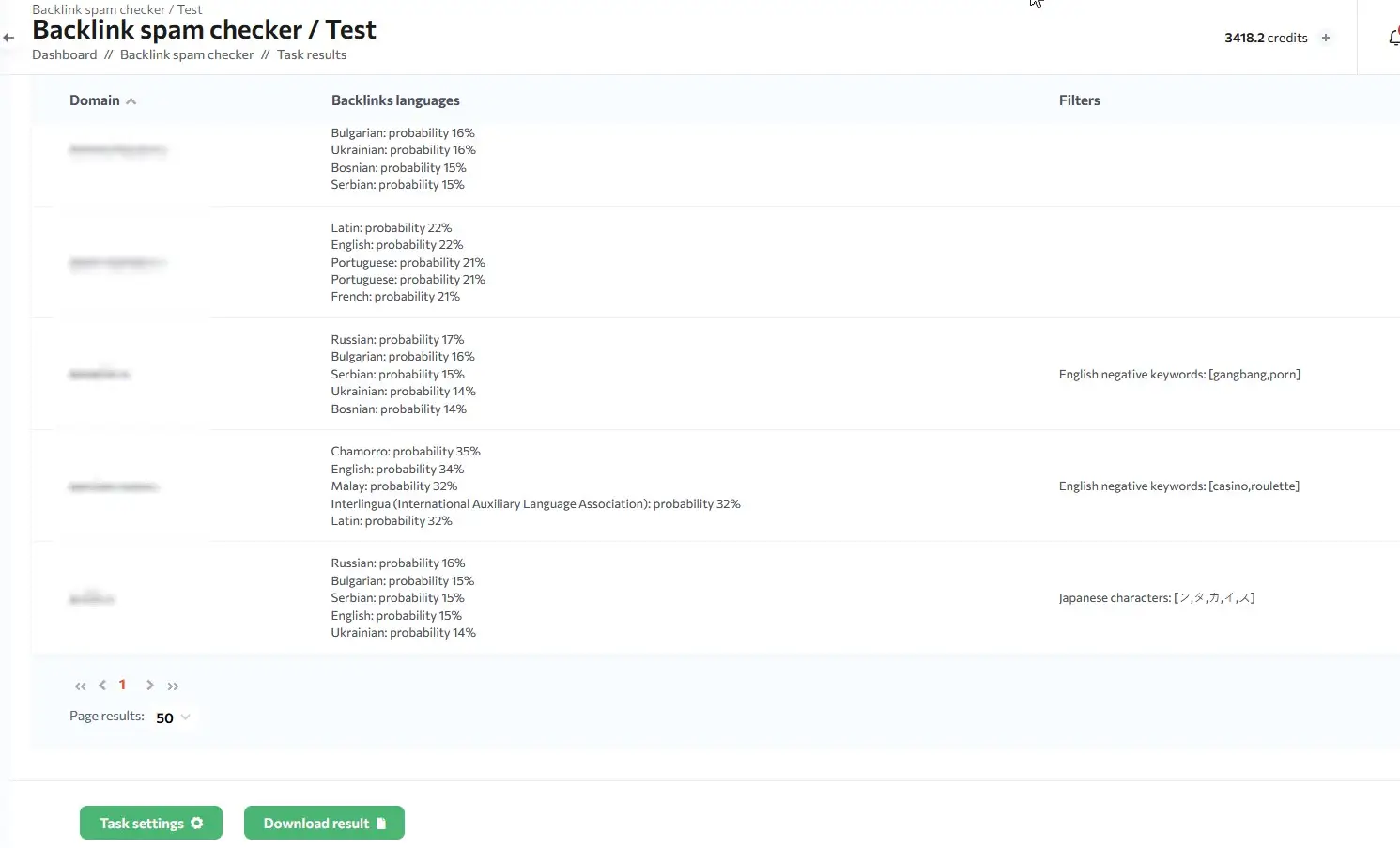
Advanced tools also provide competitor analysis, showing you where competitors earn their backlinks and identifying opportunities for your own link building campaigns.
Conclusion: Building a Stronger Backlink Profile
In 2025, one quality backlink is worth more than 100 low-quality backlinks. Focus on earning relevant, authoritative links that drive awareness and traffic rather than pursuing quantity alone.
The most successful backlink strategies prioritize sustainable, relationship-based approaches over manipulative tactics. By creating valuable content and building genuine professional relationships, you’ll develop a backlink profile that supports long-term SEO success and drives meaningful business results.
FAQs
What are the three types of backlinks?
The three main backlink types by attribute are dofollow links that pass ranking authority, nofollow links that don’t transfer SEO value, and sponsored links that identify paid relationships while providing traffic benefits.Which is the most powerful type of backlink?
Editorial backlinks from high-authority publications represent the most powerful backlink type because they demonstrate genuine editorial judgment and provide the strongest trust signals to search engines.Is SEO just backlinks?
SEO encompasses much more than backlinks, including technical optimization, content quality, user experience, and on-page factors. However, backlinks remain one of the strongest ranking signals for competitive keywords.Is 1000 backlinks good?
Backlink quantity matters less than quality and relevance. A thousand high-quality, relevant backlinks can significantly boost rankings, while the same number of low-quality links might harm your SEO performance.


